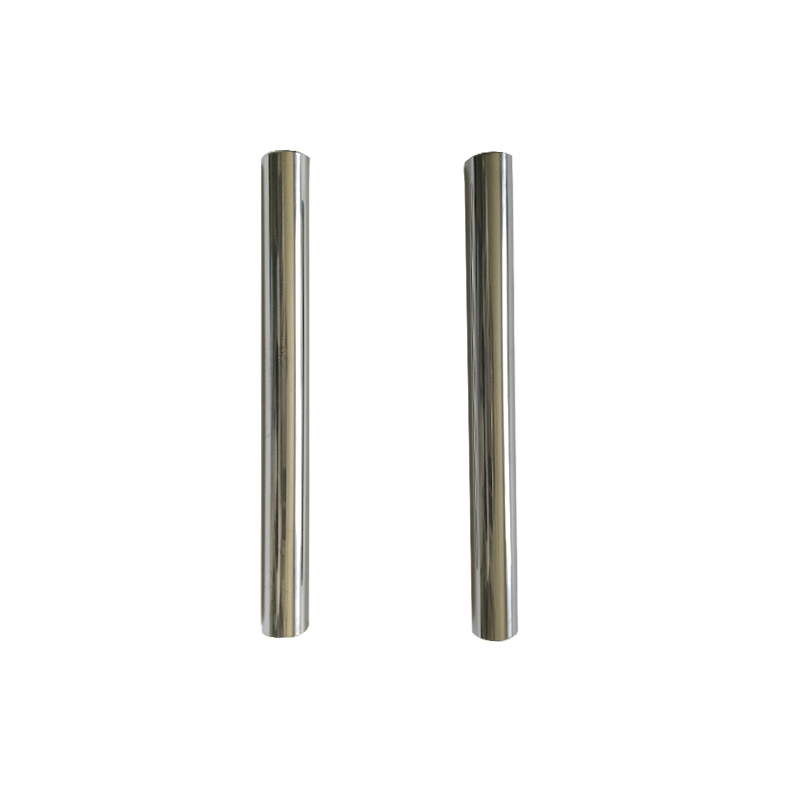Molybdenum a silvery-white metal known for its remarkable strength and resistance to high temperatures, has become an essential material in various industries. One of the most commonly used forms of molybdenum is the cylindrical shape molybdenum rod, which offers unique properties that make it indispensable for high-performance applications.
Molybdenum is a refractory metal, meaning it has a high melting point and remains stable at elevated temperatures. It is often alloyed with other metals to improve their strength, corrosion resistance, and thermal conductivity. Molybdenum’s versatility makes it an ideal material for many industries, including aerospace, electronics, and manufacturing.
Cylindrical molybdenum rods, in particular, are widely used due to their ease of processing, durability, and ability to withstand extreme conditions. The cylindrical shape is often preferred for applications requiring uniformity and high strength, such as in machinery, electrical components, and high-temperature environments.
Molybdenum has one of the highest melting points among metals, approximately 2,623°C (4,753°F), making cylindrical molybdenum rods ideal for use in extremely high-temperature environments. These rods maintain their mechanical strength and stability even under intense heat, making them suitable for aerospace and industrial applications where heat resistance is critical.
Molybdenum is highly resistant to corrosion, especially in acidic and alkali environments. This makes cylindrical molybdenum rods perfect for use in harsh chemical conditions, such as in chemical processing equipment or marine applications.

Despite being relatively lightweight compared to other metals, molybdenum possesses exceptional strength and hardness. The cylindrical form ensures uniform strength along its length, making it ideal for structural and mechanical components that must endure heavy loads or high stress.
Molybdenum rods exhibit good electrical conductivity, which is a key feature for various electronic and electrical applications. This property makes them useful in components like filaments, electrodes, and other devices that require efficient current flow.
Molybdenum has excellent thermal conductivity, allowing it to effectively dissipate heat in high-performance applications. This makes cylindrical molybdenum rods particularly valuable in situations where heat must be managed or transferred quickly.
Cylindrical molybdenum rods find a wide range of applications across various industries, thanks to their high-performance properties:
The aerospace sector relies heavily on cylindrical molybdenum rods due to their ability to withstand extreme temperatures and pressures. These rods are used in the construction of turbine blades, rocket nozzles, and other critical components that operate in high-temperature environments.
In electronics, molybdenum rods are used in the production of components such as filaments, contacts, and electrodes. Molybdenum's excellent electrical and thermal conductivity makes it a preferred material for devices like semiconductors and cathode ray tubes.
Cylindrical molybdenum rods are often used in metal processing and welding. Molybdenum’s resistance to high temperatures and its ability to maintain structural integrity under stress make it perfect for use in furnace components, electrodes, and other high-heat equipment.
In the chemical industry, molybdenum rods are used in catalytic processes, where they help enhance chemical reactions while withstanding corrosive chemicals and extreme temperatures. Molybdenum is often alloyed with other metals to create specialized materials for reactors, heat exchangers, and other industrial equipment.
Molybdenum’s ability to endure intense radiation and heat makes it an ideal material for use in nuclear reactors. Cylindrical molybdenum rods are used in nuclear fuel rods and as structural components in reactors.
Cylindrical molybdenum rods are often used in precision machining, where they are shaped into parts such as bearings, shafts, and tools. Their durability and high tensile strength make them suitable for equipment that requires both wear resistance and the ability to withstand high stresses.
Enhanced Performance in High-Temperature Applications
The high melting point and thermal stability of molybdenum rods allow them to operate effectively in environments with extreme heat. This ability to maintain performance under thermal stress is a key factor in their use in industries such as aerospace, electronics, and nuclear power.
The corrosion resistance of molybdenum ensures that cylindrical rods can be used in chemically aggressive environments without degrading. This is particularly beneficial in industries like chemical processing and marine applications, where the materials are exposed to harsh conditions.
Molybdenum rods offer exceptional strength and durability while remaining relatively lightweight. This combination of properties makes them suitable for a wide range of demanding applications, from heavy industrial equipment to precision electrical components.
While molybdenum is not as inexpensive as some other metals, its long lifespan and low maintenance needs make cylindrical molybdenum rods a cost-effective option over time, particularly in high-performance applications that require reliability and durability.












